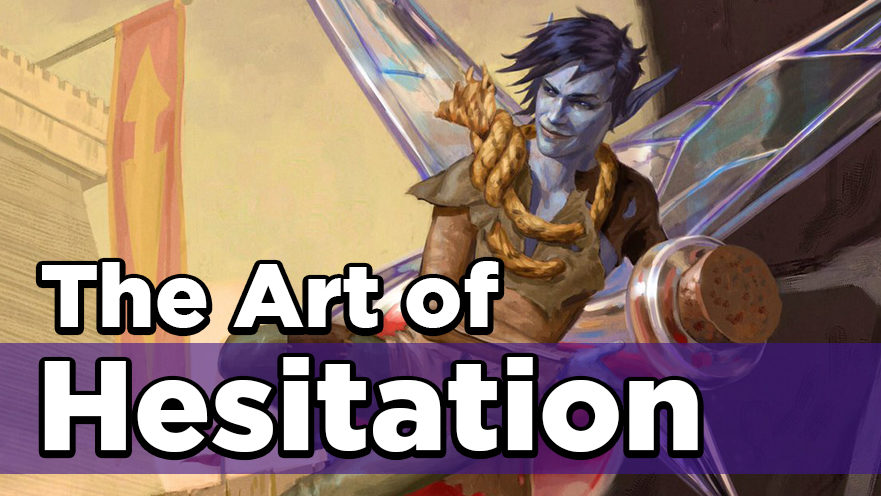Magic is a game of gradual mastery. It’s an incredibly complex game, but new players continue to pick it up because they can do so one card at a time. Most of us start with simple decks and use them to master the basic structure of the game before moving on.
That basic structure — the essential decisions and actions of a turn — seem logical and straightforward to experienced players. This is because we quickly pick up on some essential Magic heuristics — rules of thumb for evaluating the correct play in a given turn. Always using your mana every turn, always attacking into an empty board — these rules and others become automatic and let us focus on more specific interactions at play.
But nothing in Magic can be totally generalized for all situations. Even if these strategies will lead us to success nearly all the time, it’s worth stopping to consider specific scenarios when a different approach might be better.
Practicing the art of hesitation can help more often than you’d think. Many pro players famously take their time to consider even obvious decisions, just in case. I’ve come up with scenarios where hesitation may be warranted; use it as a checklist or to test your own thoughts on this side of Magic strategy.
WHEN THE WINNING MOVE IS NOT TO PLAY
One of the first things players realize in Magic is that it’s good to be doing something every turn. Aggro decks drive home this message the best, but even control and combo decks would rather be cantripping than doing nothing in the early game. Time — measured in untap steps and land drops — is the most essential resource in Magic.
It seems like playing your cards is always important, whether you’re winning or losing. When you’re behind, you want to catch up. When you’re ahead, you want to press your advantage! But there are sometimes reasons to hold back, such as when your opponent is holding up cards and mana themselves. When they’re doing this at parity or when they’re behind, make sure you aren’t playing into a sweeper!
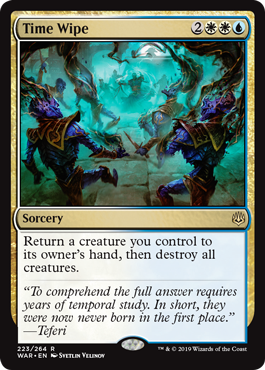
Even if your opponent doesn’t have sweepers to punish you, consider what removal they might be holding before adding to your board. Is the creature in your hand more vulnerable to a certain removal spell than the creatures you have on the battlefield? Whether it’s turning on color-targeting spells like Noxious Grasp, playing a low-cost creature into Fatal Push, or casting a spell to make their Frilled Mystic a two-for-one, there are many scenarios where overextending can give your opponent openings. In general, it’s probably fine to pressure with the board you have. If your opponent isn’t playing spells, you’re already winning.
The deciding factor is how much a new threat will speed up your clock, weighed against the risk you take by giving your opponent more time to draw the card that saves them. You can also consider the possibility of opposing discard effects (not targeted) or your own looting and rummaging cards, which can be negated by holding back lower-value cards. This is doubly important when cards like Dinrova Horror or Discovery//Dispersal are prominent in the meta, as it stops them from acting like hard removal.
THE POWER OF THE UNKNOWN
Hidden information is a huge asset to help you outplay your opponent. By holding up cards and mana consistently across a match instead of always playing them, you can greatly increase its impact. This takes a bit more work to manage stops when playing Magic digitally, but is still an important technique.
Most players learn this concept as an exception to the most basic heuristic: always play a land if you can. While some decks use large amounts of mana well through X spells, extra draws and mana sinks, most see diminishing returns past a point. If the most you’ll need in a turn is four mana for a creature and another two to hold up a removal spell, then your 7th land isn’t that critical. You can also hold a land in hand when you’re in topdeck mode, only playing it when you draw the next, or if you think you’ll need it to cast something. In these situations, you just might be able to bluff your way to victory!
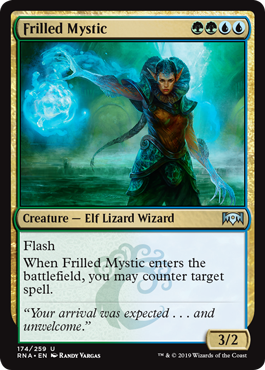
Of course, experienced opponents are usually able to make a read when they see someone holding one card uncast with a flood of land in play. But once you start holding up two or three cards, while occasionally playing a spell or land, it becomes very risky for opponents to ignore possible interaction. They will have to start considering other options – perhaps you’ve picked up a counterspell, or you’re trying to bait them into a sweeper!
These mind games only provide small advantages, but they can sometimes make a difference between winning and losing. Bluffs become especially potent in Limited, where decks are slower and can feasibly include almost any card.
HESITATING UNDER DURESS
You can cast burn and discard spells at any time, and that will often be at the soonest moment the mana lines up. Hesitation here means reconsidering the matchup and the tempo of the game so far. Consider the best card of theirs to discard, and you can Thoughtseize the turn before they would have mana to play it for maximum chance of success. You can also save your discard spell for a turn when you want to resolve a threat if you think your opponent might have a counterspell.
If you’re playing burn spells, calculate how you’re most likely to win the matchup. Sometimes great pilots of a deck like Jeskai Control will take damage from creatures in order to save up Lightning Bolts for a sudden burn-out victory. Holding back your burn can also let you beat last-ditch lifegain by casting the burn in response.
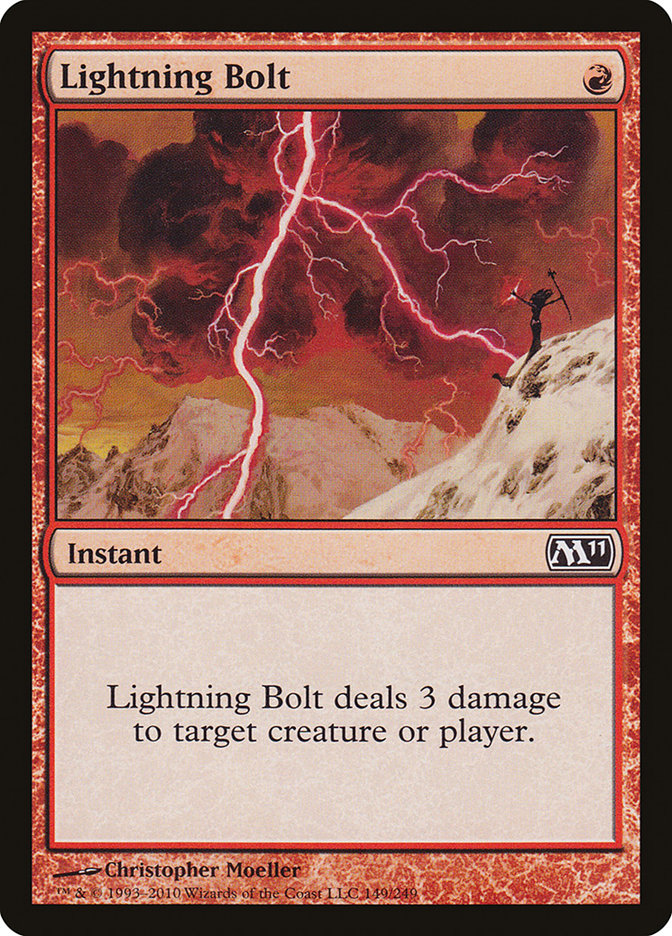
When using instants – especially more reactive ones, like removal – another great Magic heuristic comes into play. “Always wait as long as you can to act” is a great idea most of the time, letting you gather maximum information before playing cards. But there are some situations where it’s better to use spells like Mortify on your own turn.
Consider your opponent’s own interaction. If you’re against a counterspell deck like Izzet or Simic Flash in Standard, it’s best to cast your spells when they’ll have the greatest chance of resolving, such as when your opponent has few lands untapped. If they refuse to tap their mana for anything, you can force them by casting two spells in a turn, leading with one that’s less critical. You can also cast a spell on their end step to see if they react, and then go for it on your turn if they do. Just casting your spells as you draw them is rarely the right move against these decks.
THE PATH OF CALCULATED RISK
Combat is another decision-rich part of Magic, and we make a lot of combat decisions “automatically” as well. You look at attackers and blockers, work out the best blocks for your opponent, and decide whether that’s worth the trade. Most of the time, one player seems to have a clear advantage which dictates your choice — you aren’t going to swing your 2/2 into a 4/4 for no reason!
You don’t need to think too hard about attacking into an empty board — just consider whether you need blockers for possible threats with haste or flash. With combo and control decks which win in consistent ways, you may not really need to get in chip damage, making even “free” attacks unnecessary risks in the early critical stages. In any game where your opponent stumbles enough to lose to those attacks, you were likely to win in your usual fashion, and you avoid the non-zero number of situations where your attack leads to a surprise blowout.

But combat decisions become more complex when you’re facing down larger opposing creatures. When you’re outmatched, you should consider how bad the most likely scenario is for you, and how likely you are to draw out of it. Creating a little uncertainty in combat can help your chances if the “certain” path leads to defeat. Attacking with a small creature into a larger-but-more-valuable blocker will get through a surprising amount of the time, especially if you’ve been holding up cards and mana to make your bluff more convincing. If you attack into their 4/4 with your 2/2, are they really going to risk losing their superior threat? They’re still winning the race if they take the two. But you’re now two damage closer to winning when you draw removal for the 4/4 next turn!
Obviously a deck which appears to hold combat tricks is more likely to succeed here, but I have made plenty of attacks work by simply being brazen. This also works better on small boards, where your opponent feels less immediate pressure and lacks “spare” creatures to risk in combat.
DON’T RUSH TO CHUMP
Okay, now the situation is flipped: your opponent is attacking YOU with a beefy beater, and you don’t have an answer for it. Do you start feeding your creatures into the meat grinder with chump blocks? Unless you’re dead to the damage, this should be a spot to hesitate. In many matchups, a creature on board is more valuable than life. You may be able to find removal on your next draw, or enough creatures to set up a good multi-block.
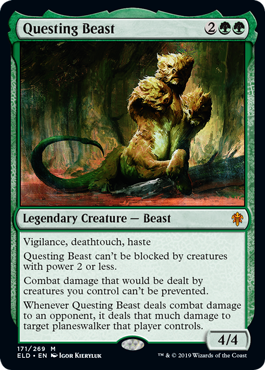
At the very least, you could try and get in for some chip damage of your own and try to race. Even in the face of looming defeat, you should be thinking about your avenues to win the game. The chump block is going to buy you the same amount of time in the end, so you may as well get some value first!
You’re also likely to block more damage by waiting, if your opponent develops a bigger threat in the meantime. The only exception is if you suspect their threat will gain evasion — then of course you should get value from your blocks while you can. You should also protect your life much earlier against decks with reach, such as Burn.
THINKING IS FREE EV
In general, stopping to think through the implications of any choice in Magic will help you get more out of it. You do need to consider the invisible resource of “headspace,” but you can incorporate this layer of thinking into your routine over time. Leveling up your baseline of play like this will then save you headspace in future matches. So, get out there and hesitate today!

Tom’s fate was sealed in 7th grade when his friend lent him a pile of commons to play Magic. He quickly picked up Boros and Orzhov decks in Ravnica block and has remained a staunch white magician ever since. A fan of all Constructed formats, he enjoys studying the history of the tournament meta. He specializes in midrange decks, especially Death & Taxes and Martyr Proc. One day, he swears he will win an MCQ with Evershrike. Ask him how at @AWanderingBard, or watch him stream Magic at twitch.tv/TheWanderingBard.

